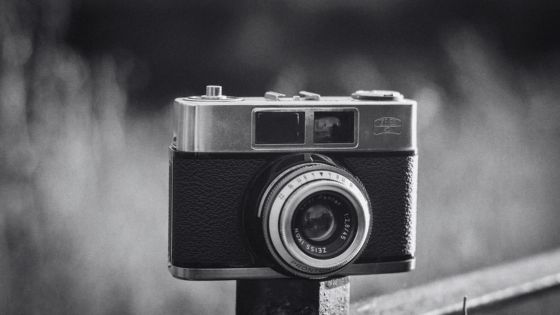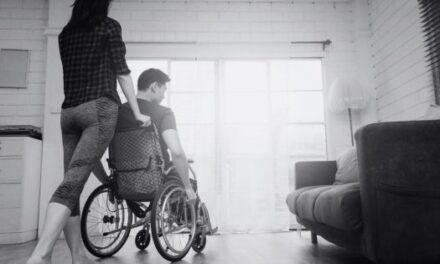Lots of studies show that organisations—big or small—haven’t made as much progress with sustainability as they thought they would.
I believe that a reason for this is that embedding sustainability into a company’s culture isn’t just about setting up new processes. It’s about changing how people think and behave.
As McKinsey & Co put it: “Repeatedly saying how responsibly your company behaves is not credible and achieves very little.” Yet, too often, sustainability and corporate social responsibility (CSR) are reported through long, dense text that can be tough to get through.
This completely overlooks the “picture superiority effect”—a proven concept that says pictures communicate ideas more effectively than words alone.
Research shows that people can process an image and connect it with multiple words in just a fraction of a second. Essentially, people also tend to remember information better when it’s shown visually.
Why storytelling through visuals is crucial for communication and engagement
To change behaviour, you need to engage people, and embedding sustainability into a company requires telling stories.
Visual stories not only engage people better than text, but they’re also a more efficient and effective way of getting your message across.
A 2023 People Management article mentioned that “When the efforts of CSR activities are not reported or communicated clearly, engagement can suffer. Encouraging consistent engagement means regularly communicating the impact and positive impact such initiatives have already had.”
So why is it, when I review sustainability reports, most of them rely solely on text? While some reports may include charts, tables, or stock images, only a few use original photography, and very few seem to feature visual storytelling.
Telling your story with photography
In photography, we have certain conventions for creating a narrative—such as establishing shots, close-ups, action shots, and portraits. With these tools, we can craft strong photo stories or essays.
For example, a visual narrative for a sustainability story might include:
- A wide establishing shot to set the scene or highlight the challenge
- Environmental portraits or action shots to dive deeper into the issue
- A detailed shot that connects the organization to the sustainability challenge
- Photos of the initiatives themselves, which may require two or three shots
- Portraits or other images that show the positive impact and progress of the initiative
This type of structure could take 6-9 images to fully tell the story and keep the audience engaged.
Why visual stories work better
The power of images to spark the imagination has been used for thousands of years to inform, motivate, and educate.
When we use words—whether spoken or written—it’s easier for the audience to understand if they speak the same language. Yet, this creates a divide between those who do and don’t use that language.
Images, however, are a universal language—they’re inclusive, and we can grasp their meaning in seconds, without needing thousands of words and without needing translation into multiple languages.
So, not only are images more effective—they’re also a much more efficient way of communicating.
With this in mind, are you actively using photography to document, celebrate, or share the sustainability work your business is doing? If not, maybe it’s time to start.
Summary
- Many businesses are struggling to meet their sustainability goals. Perhaps it’s no surprise. Most sustainability reporting is done through text, which research shows is unlikely to get much attention from employees, customers, or investors.
- Success in sustainability requires a shift in culture and behaviour.
- Effective change programs need ongoing, consistent communication to build momentum and keep things moving forward.
- Visual stories are universal and can be understood in a fraction of the time it takes to read.
- Companies should be using visual storytelling to help drive their progress toward sustainability goals.




















